There are words that cause real horror in people: cancer, metastasis, eviction, accident, murder, kidnapping, infidelity, betrayal, unemployment, death.
No one in Ukraine can forget one that has seldom been heard: holodomor. This strange term refers to one of the most atrocious crimes committed against humanity in the country mentioned. In the holodomor (meaning "great famine"), between 1932 and 1934, between two and ten million people died. History has already had records of terrible large-scale famines, such as the genocide of Bengal that the English provoked and of which nobody speaks, in which more than three million people died.
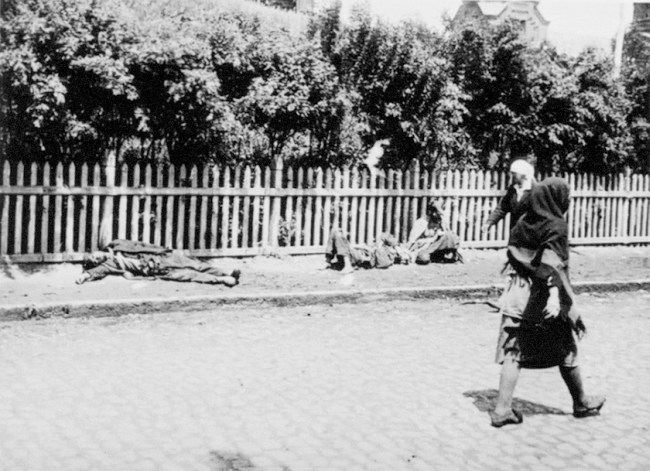
After the triumph of the Russian Revolution in 1917, countries bordering Russia became part of the USSR (Union of Soviet Socialist Republics) in 1922. One of them was Ukraine. Joseph Stalin, Lenin's successor after his death in 1924, took over the leadership of the Communist Party and soon began to implement drastic measures for all the countries that made up the USSR. One of them was the collectivization of the land, that is, the owners of the land had to contribute a percentage of their livestock and agricultural holdings to the government.
The move sparked widespread anger among Ukrainian farmers and ranchers, who quickly joined anti-Soviet protests with businessmen and intellectuals. In addition, Ukraine possessed a strong nationalist feeling that was in opposition to the Stalinist interests. The revolts were contained by the Red Army that Stalin sent to Ukraine.
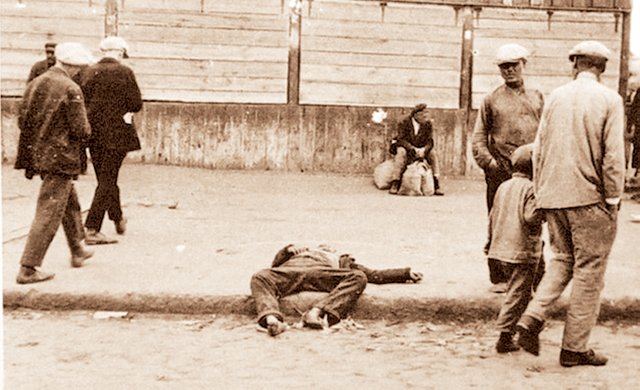
In 1930, anyone opposed to the new statutes was denounced and deported to forced labor camps in Siberia, causing a decline in skilled labor to work. For the following year, due to these intense measures, the food (specifically wheat and bread) began to be scarce in Ukraine as the markets of the West overflowed with confiscated wheat in this country.
Faced with the refusal of the peasants to give more than they thought necessary to the government or the backwardness of this kind of tribute, elements of the Russian army went from house to house to take away everything the families had: grains, flour, beets, Potatoes or beans that people kept in their houses or basements.
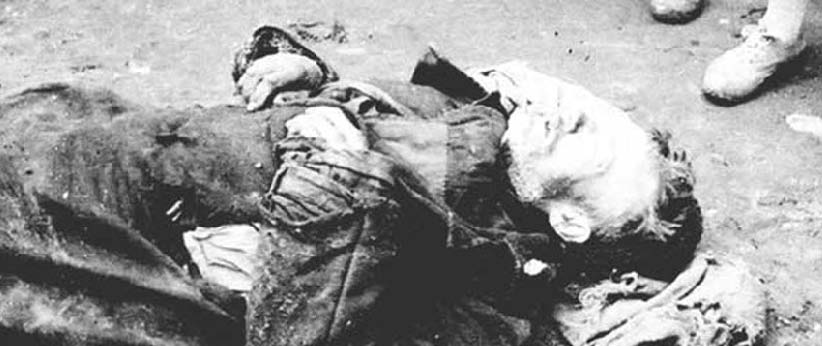
This caused an unprecedented famine throughout the Ukraine from 1932. It is said that 25,000 people die every day. "It is difficult to imagine how a child could continue to live, after having seen that, without going crazy. I walked to school and I saw a dead man here, beyond another, a little beyond another, "remembers one of the survivors, Tatiana Tarasenko, in pain.
Joseph Stalin believed that this punishment was adequate for his policies to be carried out successfully and, at the same time, crush the Ukrainian pride that was so annoying to him. On August 7, 1932, the Russian leader implemented the so-called "Law of the Spikes," which punished anyone who stole a spike of wheat or barley for food. The desperation to get some food was so great, that the events resulted in 125 thousand imprisoned and another 5 thousand 400 executed.
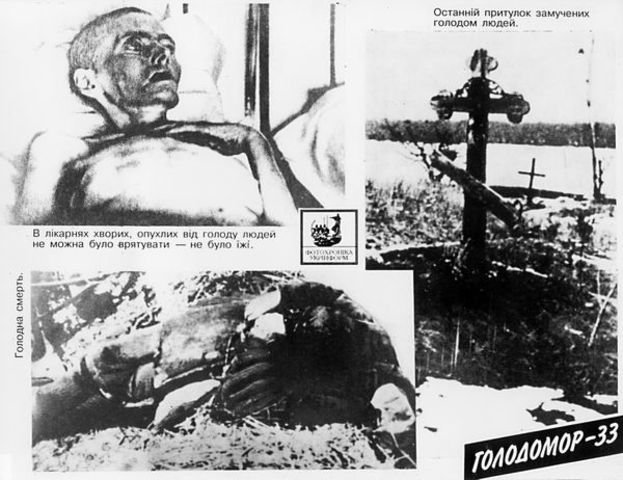
To a desperate extent, the peasants began to travel to the larger cities of Ukraine, which were still more supplied to seek a salvation. They did not count that the government, in anticipation of this action, was forbidden entry. This was how the situation became more unbearable and large-scale deaths came.
One of the most regrettable events of this event was the abandonment of thousands of children at the hands of their parents in child care centers in the main cities. They were left to their own devices so that other people would take care of them and not suffer an imminent death to which the adults were condemned. Many of those children never saw their families again. Despite the attempt to save their lives, not many succeeded at all.
When the Soviet government dismantled these shelters, the children were picked up and taken to open fields in rural Ukraine or Russia. There they were left to their fate so that they died not only of hunger, but of cold. A generation of Ukraine died in this lamentable event.
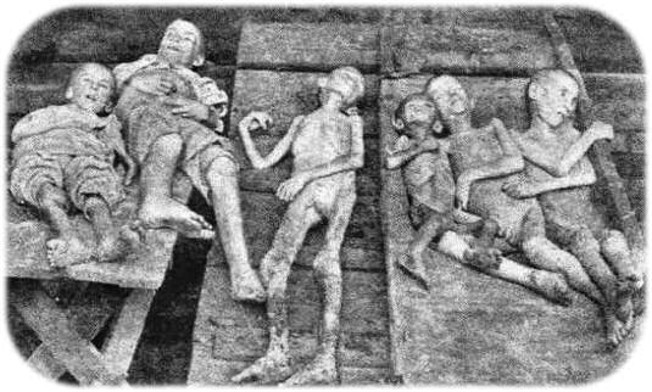
Not one of those responsible was judged, much less punished. Lazar Kaganovich was one of the most bloodthirsty and cruel characters who participated in the holodomor. He served as emissary of the Central Committee, traveling to the lands belonging to the USSR to accelerate collectivization. He retired from politics without paying his crimes and lived comfortably thanks to a government pension.
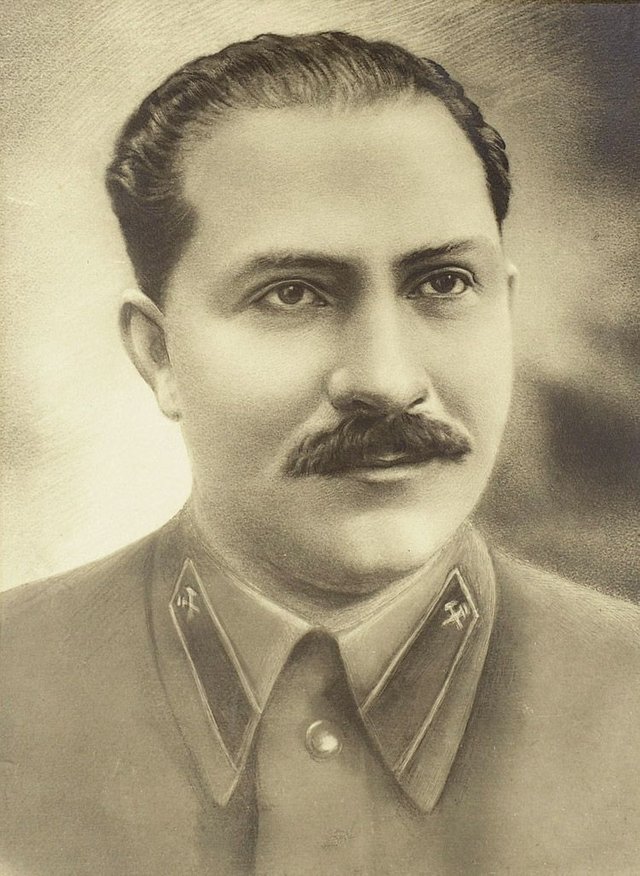
Lazar Kaganovitch
For many years, before the fall of the USSR in 1991, the facts were hidden by the Russian authorities. However, little by little the story has come to light: in 2008, the European Parliament has described this atrocity as a crime against humanity. History has focused more on holocausts like the Jewish, however, events like the one also deserve an important place to know the terrible reaches of the decisions of soulless politicians and intransigentes laws.
At present, Ukraine has one of the richest agricultural industries on the continent. Not in vain at some point was known as "the barn of Europe".
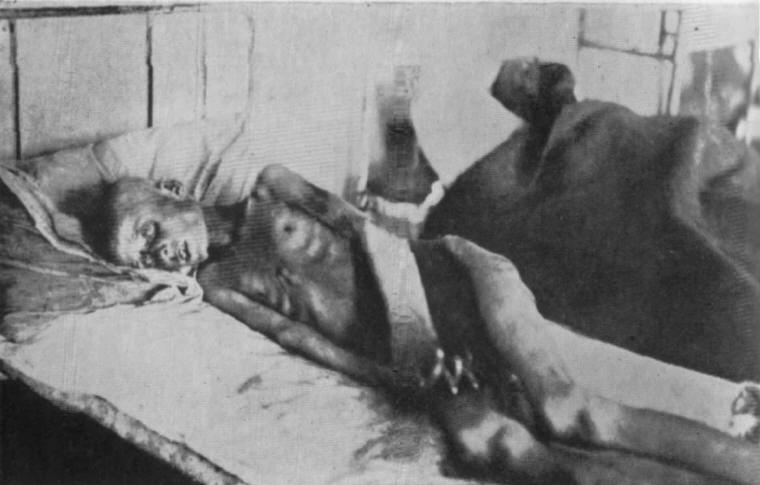
The story is a dark chest of atrocities, tragedies and horror stories. Many have not hesitated to kill thousands in order to achieve their purposes: he knows the history of the cruel experiment of letting syphilis die to the blacks in the name of science and the infamous experiment that justified the Nazi atrocities.
References:
Holodomo
Aleteia
Muy Historia
Images: Google

Well posting this will bring more awareness .... :)
Downvoting a post can decrease pending rewards and make it less visible. Common reasons:
Submit
Very nice article
Downvoting a post can decrease pending rewards and make it less visible. Common reasons:
Submit